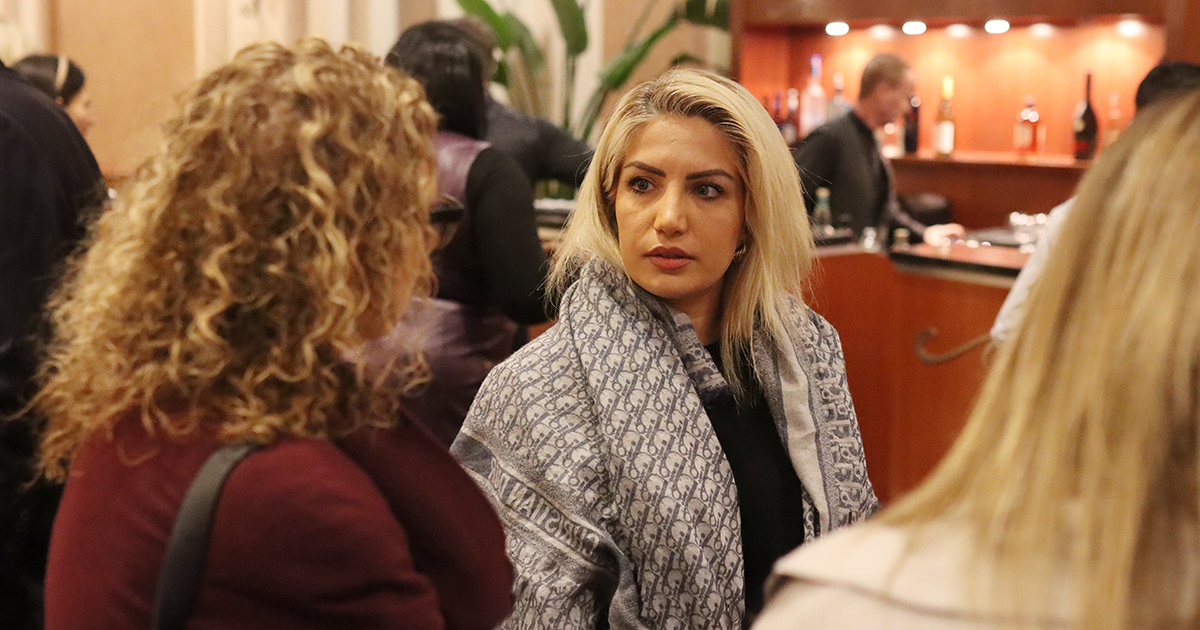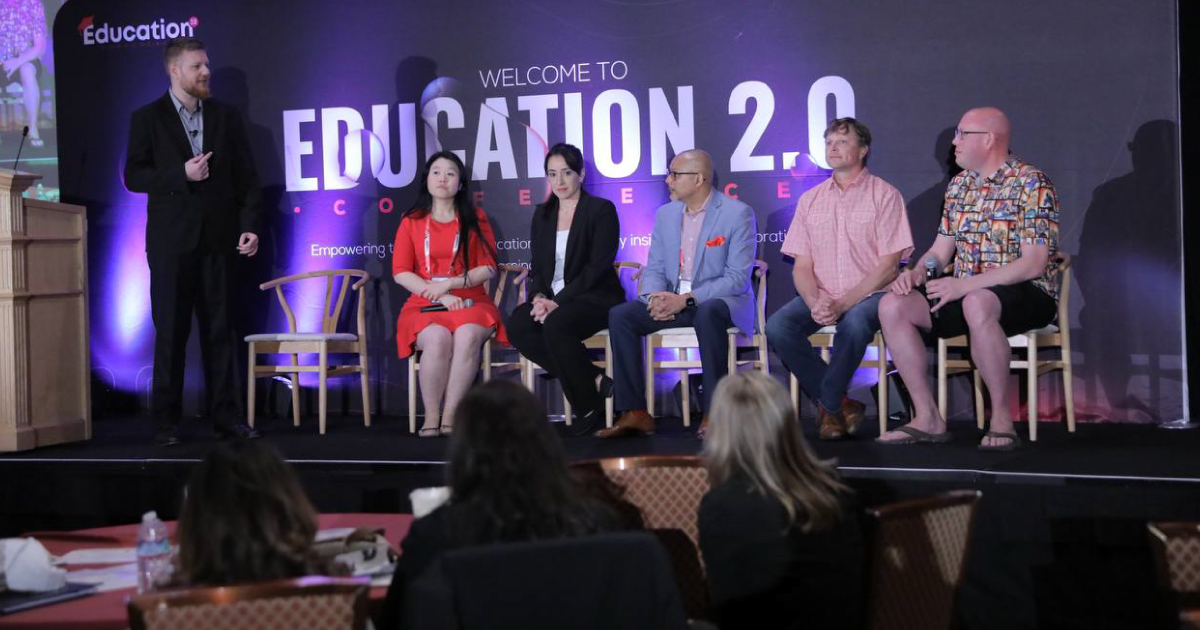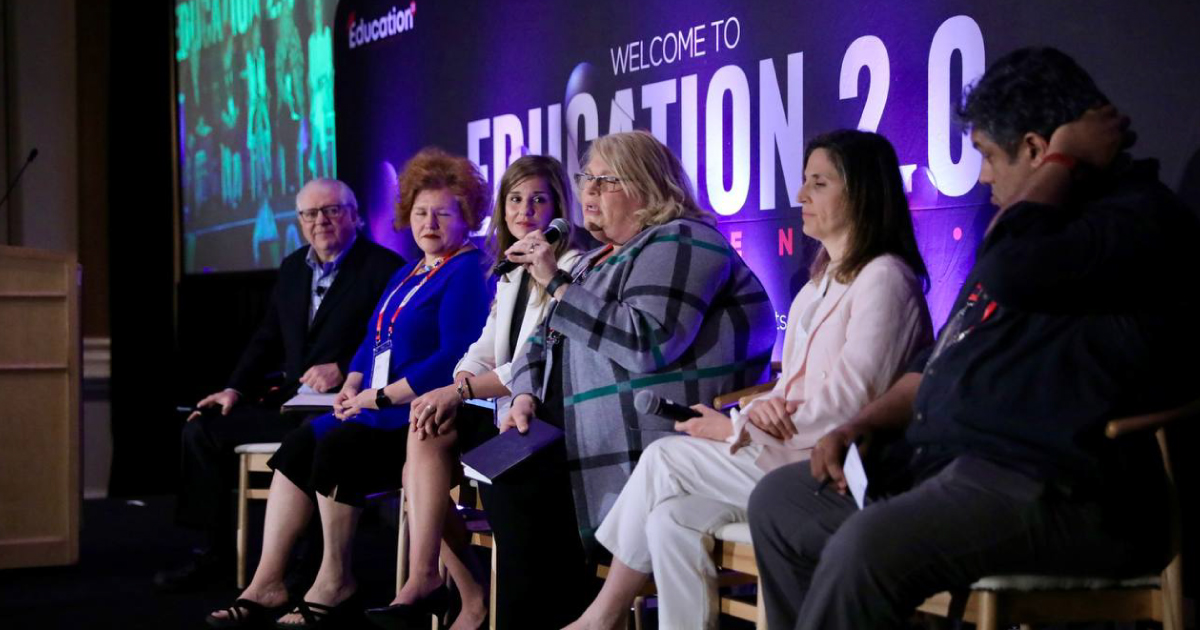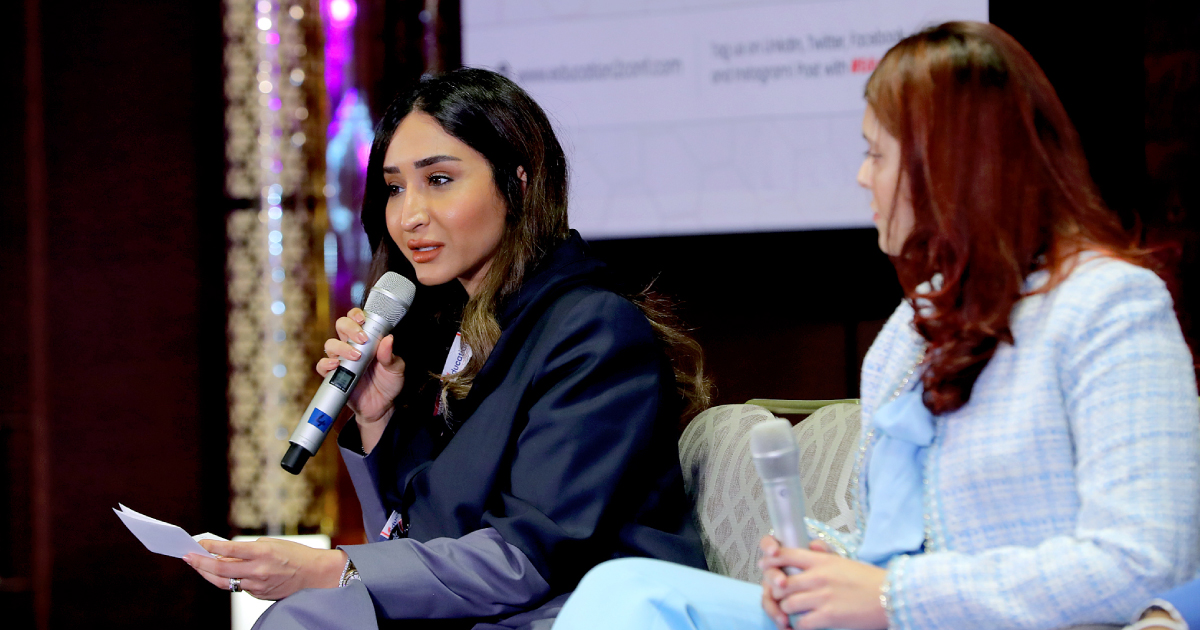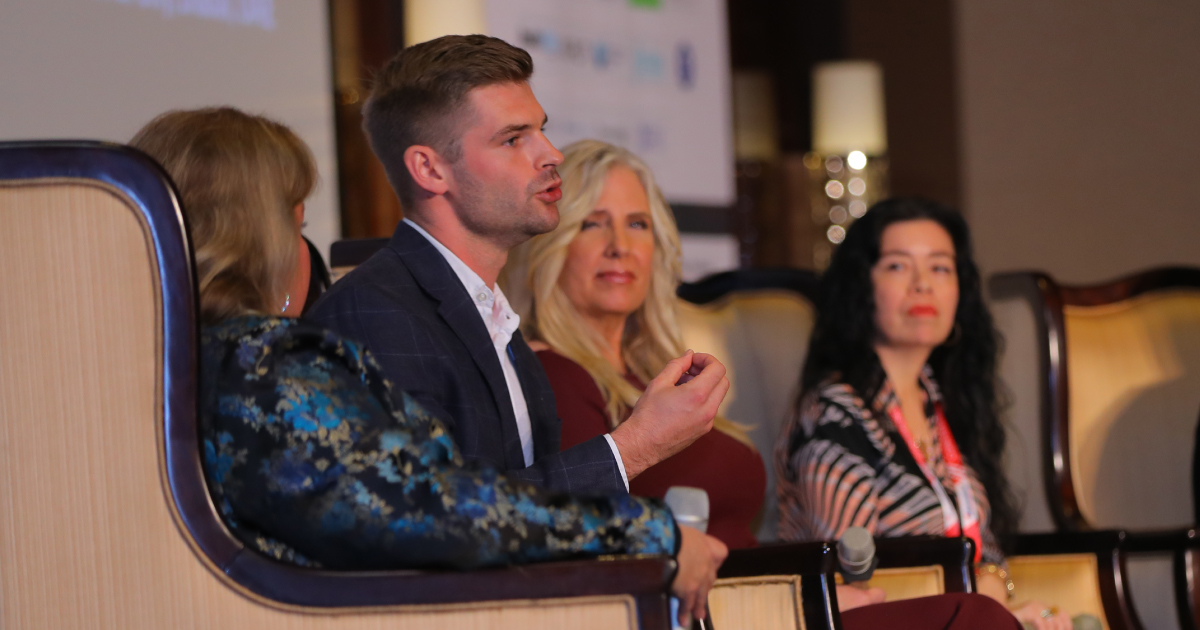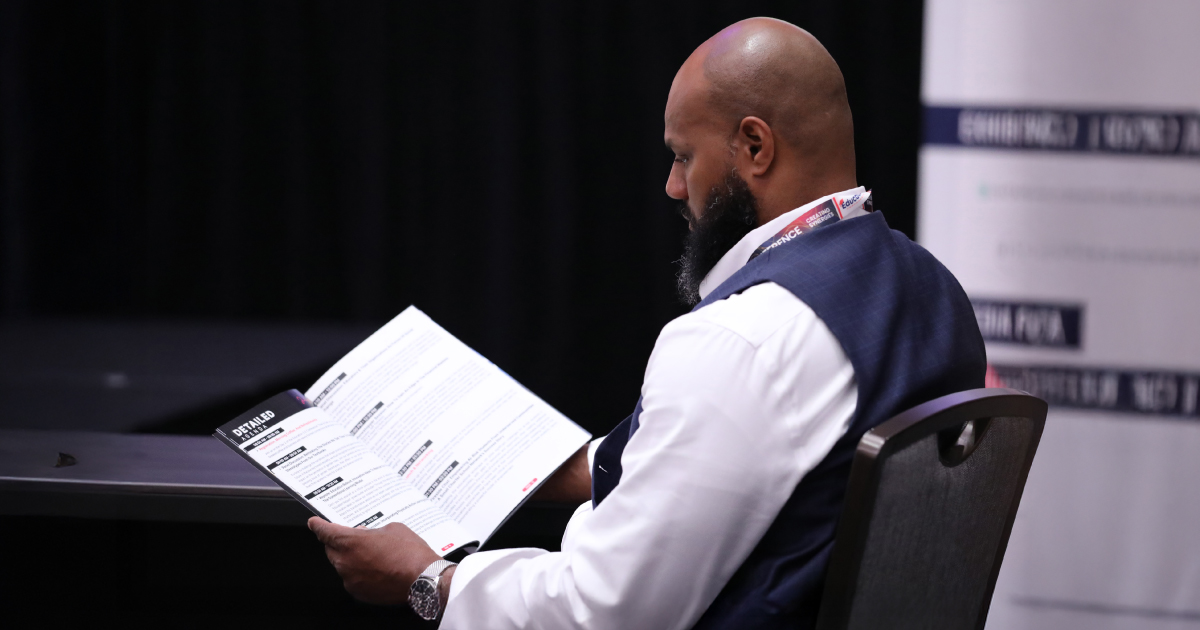At the Education 2.0 Conference, we believe that the future of learning doesn’t just lie in the exchange of ideas from stage to audience—it thrives in the conversations that happen in the in-between. In hallways, at coffee tables, during lunch breaks, and in those spontaneous moments when a handshake turns into a potential partnership. That’s why networking isn’t a side benefit of our education summit—it’s woven into the very fabric of our agenda.
Over the years, we’ve witnessed firsthand how the right educational event, filled with the right mix of thinkers, doers, creators, and innovators, can spark real change. And it often starts with one thing: connection.
Why Networking Matters More Than Ever
In today’s fast-paced educational landscape, innovation can’t happen in silos. Whether you’re an educator, policymaker, edtech entrepreneur, or school leader, collaboration is key. Challenges such as digital transformation, equity in access, student mental health, and curriculum redesign require collective insight. No single stakeholder has all the answers—but when perspectives are shared, sparks fly.
That’s why networking is more than just exchanging business cards. It’s about building meaningful relationships that lead to shared ideas, joint ventures, pilot programs, mentorship opportunities, and lifelong professional support. It’s how the seeds of innovation are planted, and at our education leadership summit, we understand that.
Why We Need To Network—Now More Than Ever
In an increasingly interconnected world, working in isolation can limit our growth. Professionals in the education space—whether in traditional schools, universities, nonprofits, or edtech—often face similar challenges but tackle them from different vantage points. Networking allows us to break out of our silos, gain global perspectives, and uncover solutions we might never have found on our own.
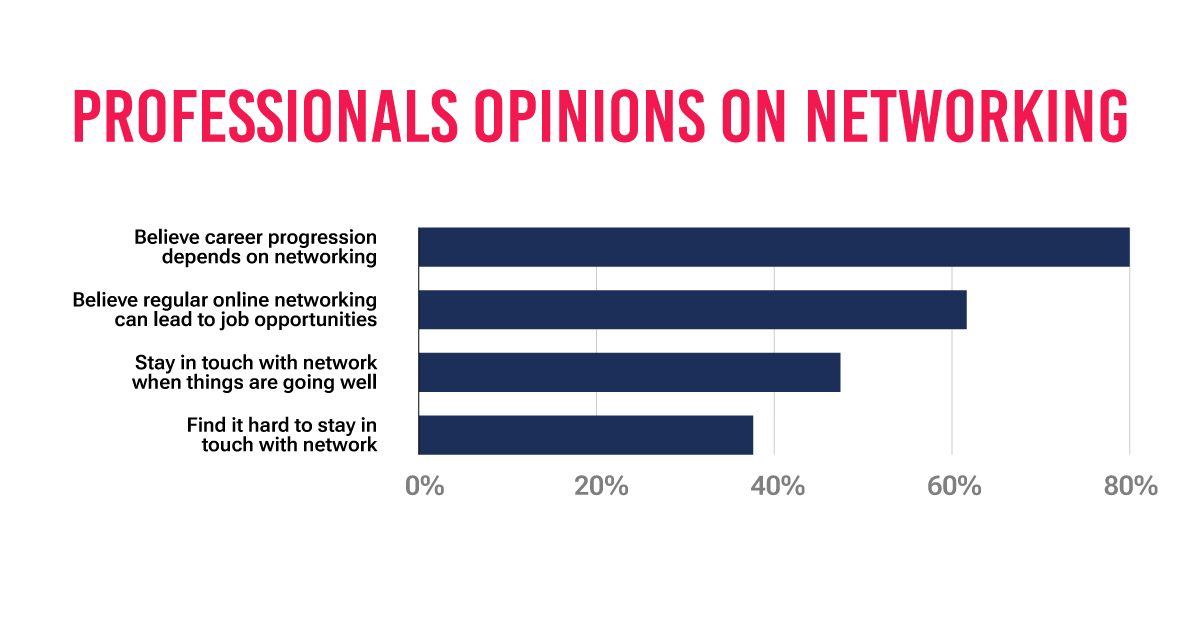
Source: Coolest Gadgets
Moreover, education is evolving at an unprecedented pace. New technologies, pedagogical models, and learner needs are reshaping the landscape, and keeping up can feel overwhelming. Networking gives us a lifeline—a chance to connect with those on the same journey, to learn from their experiences, and to share our own.
This is where global education summits like the Education 2.0 Conference come in. By bringing together changemakers from around the world, we create a space where local innovations can go global, and global insights can be applied locally. You’re no longer just part of your institution—you’re part of a movement.
Networking: An Integral Part Of Our Agenda
At our education summit, we don’t leave networking to chance. We’ve intentionally embedded it into every layer of our three-day experience.
From the moment attendees arrive, they’ll notice opportunities to connect at every turn. Before the official sessions begin, we host informal gatherings to help break the ice and give attendees a chance to get to know each other in a relaxed setting. These are more than just social mixers—they’re where first impressions are made and early collaborations begin.
Throughout the conference, we’ve carved out dedicated networking sessions so participants have space and time specifically designed to promote conversation. Whether it's over coffee or cocktails, these moments are where new ideas often emerge. We’ve also seen attendees find mentors, investors, co-founders, and even lifelong friends during these unstructured yet intentional interactions.
And then there’s one of our most dynamic features: the Business Card Exchange Session. This curated session allows attendees to meet a high number of people in a short period, but with enough depth to begin meaningful conversations. It’s fast-paced, energetic, and, quite frankly, one of the most fun parts of the event.
We also encourage cross-pollination during our session breaks. Our layout is designed so that attendees naturally mingle between panel discussions, fireside chats, and keynote addresses.
We’ve learned that the most powerful conversations don’t always happen during a speech—they often happen right after it ends, when someone turns to the person next to them and says, “What did you think?”
How To Make The Most Of Networking Opportunities
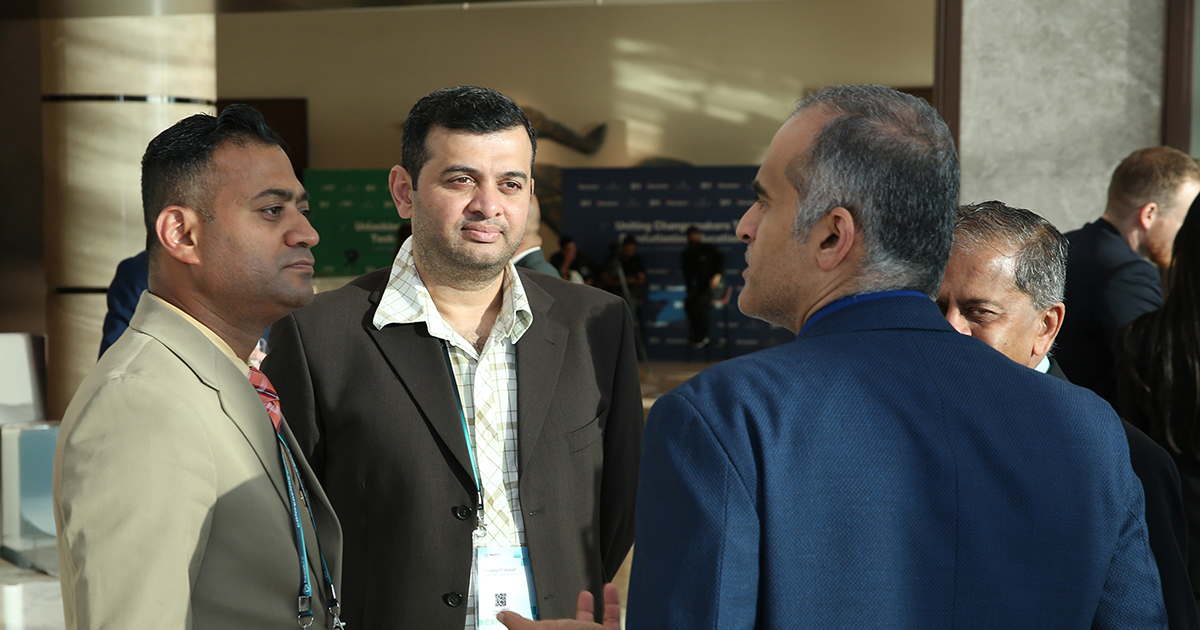
While we do our part in creating the space, we also empower our attendees to make the most of it. Here is our advice-
Be intentional: Know what you’re looking for. Whether it’s a partner, mentor, or user feedback, clarity helps.
Stay open-minded: Sometimes, the most unexpected conversations lead to the biggest breakthroughs.
Follow up: After the event, reach out. Keep the momentum going. A strong follow-up can turn a handshake into a strategic collaboration.
With the right mindset and approach, each conversation at our education leadership summit can be a stepping stone toward lasting partnerships and transformative impact.
A Space For Collective Growth
We’ve designed the Education 2.0 Conference to be more than a venue for learning—it’s a launchpad for collaboration. By promoting a community of forward-thinkers, we’re not just talking about the future of education—we’re building it together.
In a world where educational challenges are increasingly complex, we believe the solution lies not in individual genius but in collective effort. And that effort begins with connection.
So, whether you’re a returning attendee or joining our education summit for the first time, know this: you’re not just coming to listen—you’re coming to engage. To share. To meet people who might just change the course of your work, or whose lives you might impact in return.
Because when passionate people come together with purpose, incredible things happen.
And it all starts with a conversation!
FAQ
1. How does the Education 2.0 Conference support networking among attendees?
The Education 2.0 Conference offers multiple touchpoints for networking—from informal gatherings before the event to structured networking breaks and a dedicated Business Card Exchange session. Attendees also have access to lounges, interactive panels, and off-agenda meetups designed to spark conversations and collaborations.
2. Why is networking important in the education sector?
Networking in education allows professionals to exchange ideas, discover new tools or strategies, and collaborate across disciplines. It’s especially vital now, as innovation and reform often come from shared experiences and diverse perspectives.
3. How can I make the most of networking at a large event like this?
Be intentional. Know your goals—whether it's meeting potential collaborators, learning from peers, or finding funding opportunities. Be approachable, ask thoughtful questions, and don’t forget to follow up post-event to nurture connections.
4. What if I’m new to networking or not very outgoing?
You’re not alone! That’s why our event includes both structured and informal networking opportunities. Start by attending smaller gatherings or the Business Card Exchange. Our team is also on-site to help guide introductions and make you feel at ease.
5. Do I need to register separately for networking sessions at the Education 2.0 Conference?
No separate registration is required. All networking sessions, including the Business Card Exchange, are part of your general conference pass. We encourage attendees to check the agenda in advance to make the most of these opportunities.



